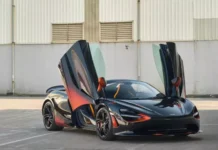Ultra-Cheap Used Cars Under 100 Million VND: Catering to a Niche Market
Social media has been abuzz with images of a used car dealership handing over a car to a customer. What caught everyone’s attention was the incredibly low price of the vehicle – just 39.5 million VND, equivalent to the price of a common motorcycle today.

In reality, there is a significant community of people in Vietnam who opt for these ultra-cheap used cars. Older models, aged 15-20 years or even older, are regularly bought and sold, catering to a specific niche market. Among these, the Kia Pride, or more commonly, the Daewoo Matiz, Daewoo Lanos, and Daewoo Nubira, are extremely popular choices. For a slightly higher price of around 90 million VND, you can get your hands on the “fancier” Fiat Doblo.
The target demographic for these older models tends to be older individuals. Most buyers and users of these vehicles are between the ages of 45 and 60, favoring cars with more mechanical features over high-tech ones, and sometimes even enjoying tinkering with their cars for repairs.
Is Buying an Ultra-Cheap Used Car a Good Idea?
There is no one-size-fits-all answer to this question, as everyone’s needs and preferences are unique, leading to varied consumption decisions.
We had the opportunity to chat with Mr. Luong Cong Ngoc, owner of an auto repair shop on Duy Tan street, who has extensive experience servicing older model cars for his customers.
Mr. Ngoc is quite familiar with the community of deep-aged car users and ultra-cheap used car enthusiasts. He shared that the most obvious advantage of these ultra-cheap cars is their price. For less than 100 million VND, individuals can own a four-wheeled vehicle that provides safer transportation than a motorcycle, protection from the sun and rain, and guaranteed functionality.
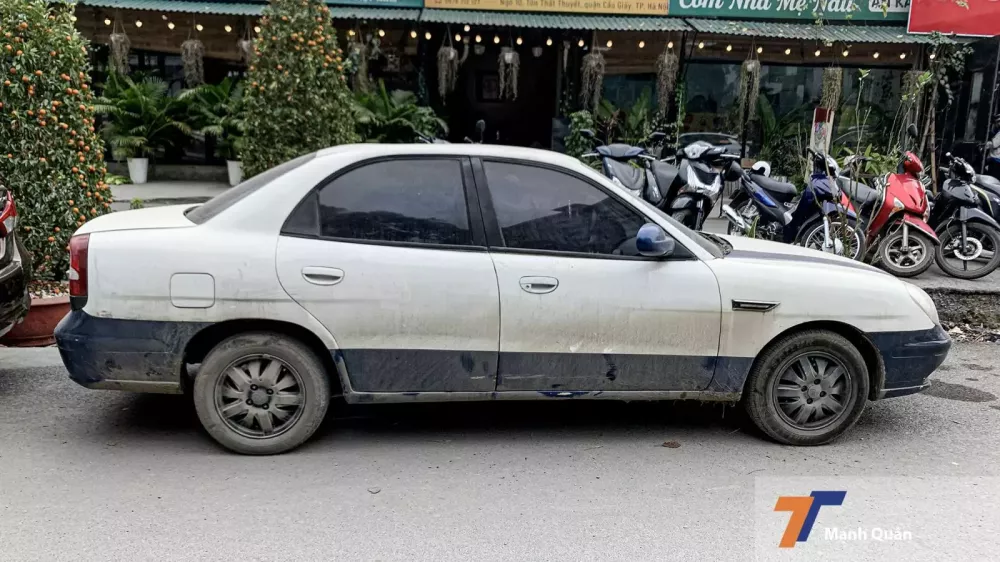
An ultra-cheap used car that is quite popular among buyers
These older cars, if properly maintained, can still cover long distances. Fundamentally, they don’t have many complex technical details, and maintenance is usually straightforward.
“Some people buy these cheap cars and drive them for their entire lives, or just for a few months. Often, their choice is driven by their hobbies and interests, rather than financial constraints,” Mr. Ngoc shared. You can’t judge a person’s financial situation solely based on their car.
Some Things to Keep in Mind When Buying an Ultra-Cheap Used Car
According to Mr. Ngoc, due to their age and outdated technology, these cars offer minimal convenience and safety features compared to modern vehicles. As such, they are best suited for slow speeds and short distances; they may struggle to maintain stability at higher speeds or on long-distance journeys or highways.
Given their age, ranging from 10 to 20 years or even older, buyers must accept that the quality of these vehicles has likely deteriorated over time, and many parts may need replacement or repair. Mr. Ngoc also pointed out that the cost of maintenance and repairs for these older models can be quite high, sometimes even doubling or tripling the car’s value. For example, a car purchased for 30-40 million VND might require 60-80 million VND worth of repairs and parts replacements.
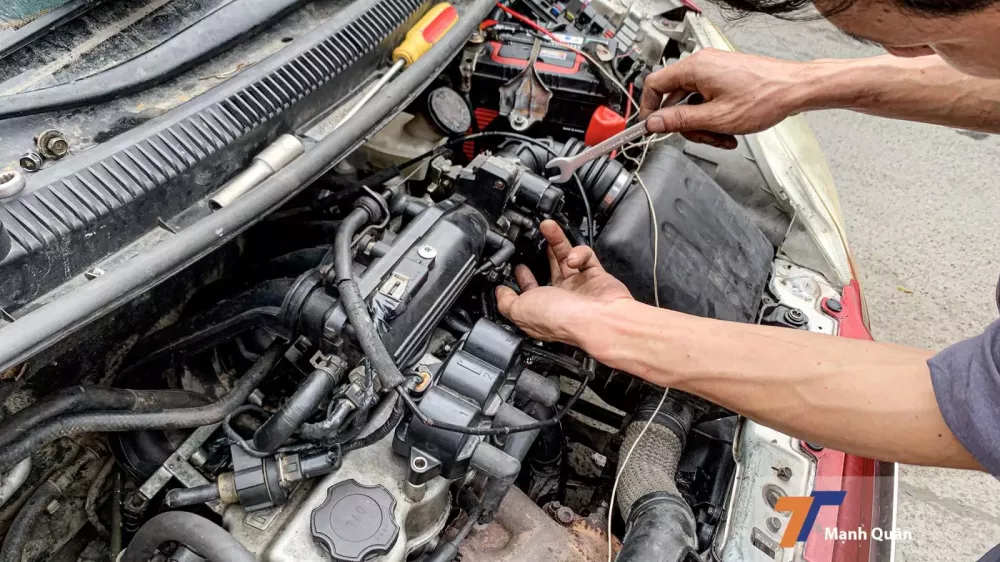
The purchase price may be only 40 million VND, but maintenance costs can easily reach 60-80 million VND
Take the Daewoo Nubira and Lanos, for instance, two models that are still quite popular today. The Nubira offers a sturdier ride than the Lanos, and its interior is more spacious. Both cars suffer from a common issue of surging idle, more pronounced in the Nubira than in the Lanos. The cost of parts for these two vehicles is also quite similar.
Mr. Ngoc noted that since these are older models no longer in production, finding official dealerships or spare parts in Vietnam can be challenging. Members of car clubs for these older models often meet to exchange parts (mostly used) or purchase them from China, prioritizing cost over quality.
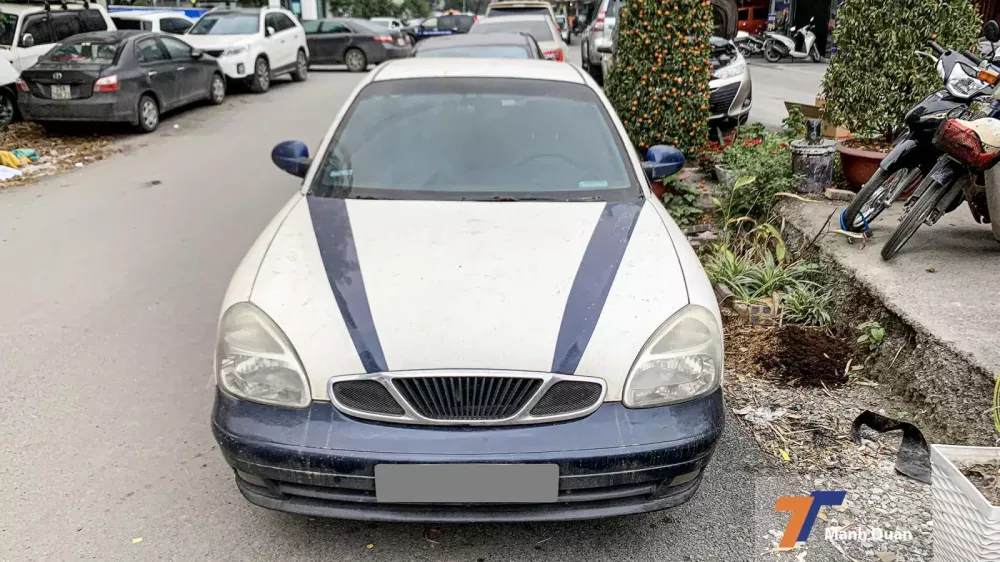
“To own one of these cars, you need to understand its quirks and get familiar with it. That way, you’ll find it more convenient and enjoyable to drive,” Mr. Ngoc advised.
Despite their low price, these used cars offer undeniable versatility in daily life. However, to ensure smooth and reliable performance for months or years to come, owners must invest time and effort into maintaining their vehicles.






























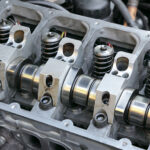
![[CAR REVIEW] The Newly Launched BMW iX3 in Vietnam: Compact, Practical, and Expensive](https://vnauto.net/wp-content/uploads/2023/10/xehay-bmwix3-01082023-9-150x150.jpg)

![[CAR REVIEW] Wuling Mini EV: Affordable, Compact, Convenient, but…](https://vnauto.net/wp-content/uploads/2023/10/xehay-wulingev-16062023-8-150x150.jpg)

